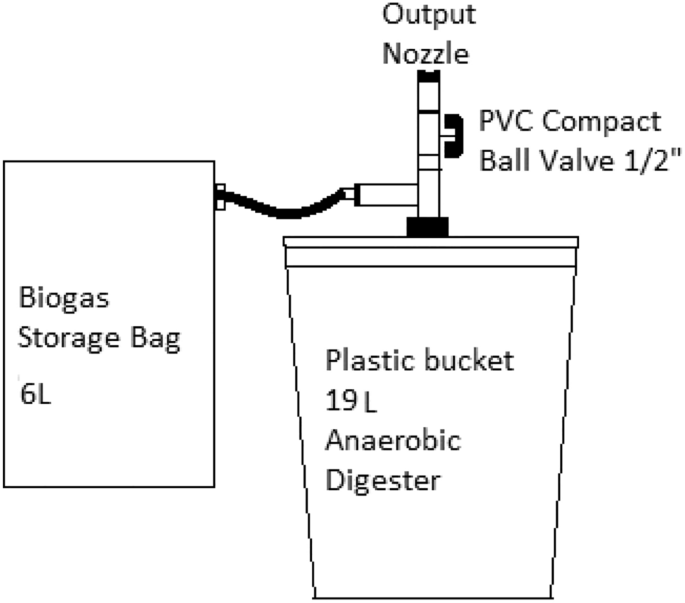Biomethane production kinetics during the anaerobic co-digestion of Sargassum spp. and food waste using batch and fed-batch systems in Punta Cana, Dominican Republic
Abstract
Collecting Sargassum spp. biomass and using it for the generation of renewable energy is a sustainable approach to mitigate the costs associated to this weed management. The biomethanation of this algal biomass with other organic waste to produce biogas promotes the integrated sustainable management of these materials while generating gaseous fuel for the tourism industry. The purpose of this work is to determine the percentage Sargassum spp. biomass during the anaerobic co-digestion of this brown algae with food waste that results in the best biogas composition, methane yield, production kinetics, and digestate. The biomethanation was conducted in 1200 L fed-batch and bench scale batch biodigestors and the kinetic parameters were estimated using the modified Gompertz model. The methane yield of Sargassum spp. and food waste combinations in 0.58 OLR at fed batch and 15 g/L organic load at batch were comparable. The methane yield produced in the 100% Sargassum spp. fed-batch anaerobic biodigester was 101.3 ± 23.6 N. L CH4/kg, but up to 615.5 ± 78.4 N. L CH4/kg in the 45% Sargassum spp. / 55% food waste biodigestor. The anaerobic co-digestion of Sargassum spp. and food waste in the batch system showed methane production rates as high as 14.6 ± 0.3 N.L CH4/kg.day. Higher H2S were detected in the biogas of the biodigesters fed with larger percentages of the Sargassum spp. with more than 5000 ppm during mono-digestion. Our results suggest that 55% Sargassum spp. and 45% food waste are the most promising feed combination under the studied conditions for the anaerobic co-digestion of these feedstock at larger scale.


 求助内容:
求助内容: 应助结果提醒方式:
应助结果提醒方式:


